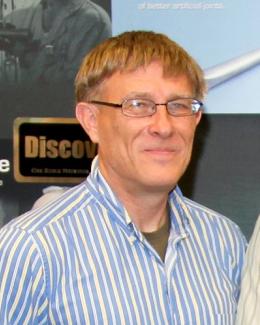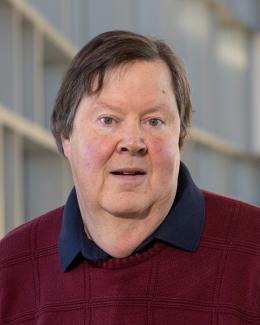Abstract
In this paper we compare the performance of grooved and flat ZnS/6LiF scintillators in a wavelength–shifting-fiber (WLSF) detector. Flat ZnS/6LiF scintillators with the thickness L=0.2-0.8 mm were characterized using photon counting and pulse-height analysis and compared to a grooved scintillator of approximately 0.8 mm thick. While a grooved scintillator considerably increases the apparent thickness of the scintillator to neutrons for a given coating thickness, we find that the flat scintillators perform better than the grooved scintillators in terms of both light yield and neutron detection efficiency. The flat 0.8-mm-thick scintillator has the highest light output, and it is 52% higher compared with a grooved scintillator of same thickness. The lower light output of the grooved scintillator as compared to the flat scintillator is consistent with the greater scintillator-WLSF separation and the much larger average emission angle of the grooved scintillator. We also find that the average light cone width, or photon travel-length as measured using time-of-flight powder diffraction of diamond and vanadium, decreases with increasing L in the range of L=0.6-0.8 mm. This result contrasts with the traditional Swank diffusion model for micro-composite scintillators, and could be explained by a decrease in photon diffusion-coefficient or an increase in micro-particle content in the flat scintillator matrix for the thicker scintillators.




